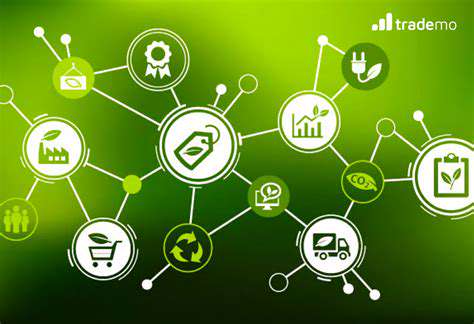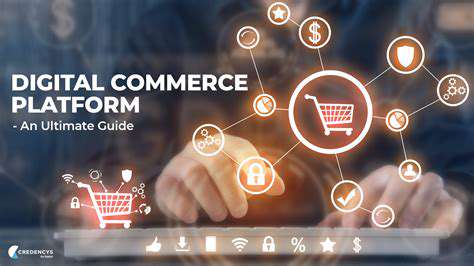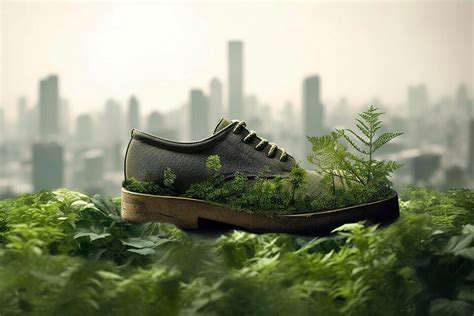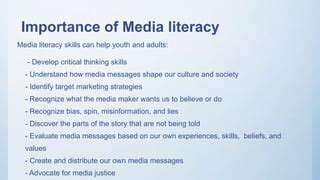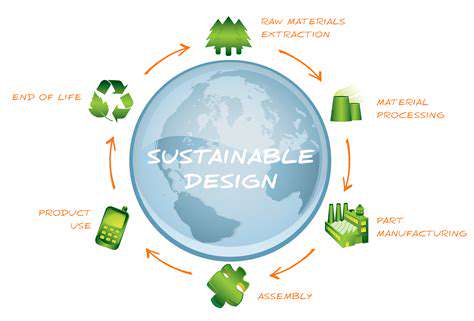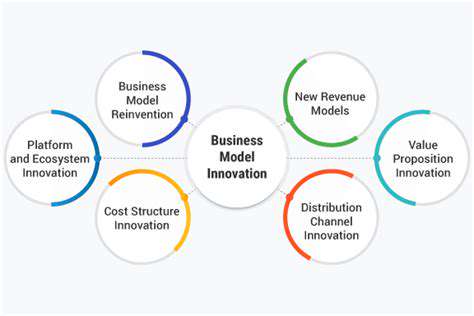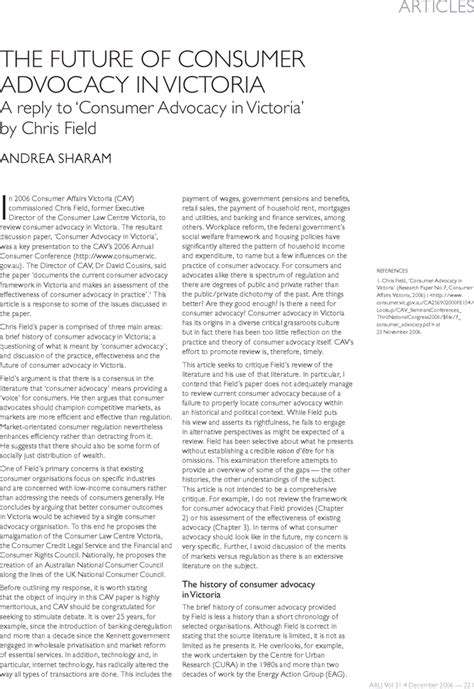From Take Make Dispose to Reuse Recycle Repair: New Mindsets
The Rise of the Repair Economy: Fostering Skills and Communities
The Shift from Consumption to Repair
The linear take-make-dispose model, prevalent for decades, is increasingly being challenged by a growing awareness of its environmental and economic consequences. This awareness is driving a fundamental shift in consumer behavior and industry practices, favoring a circular economy where repair and reuse are prioritized over constant replacement. This transition is not just about saving money; it's about preserving resources and building a more sustainable future.
Skills Development for a Repair-Oriented Society
A crucial aspect of the repair economy is the development and revitalization of repair skills. This involves not only teaching practical skills like electronics repair, plumbing, and sewing, but also fostering a culture of problem-solving and resourcefulness. Educational institutions and community centers can play a vital role in providing these opportunities, equipping individuals with the knowledge and tools needed to maintain and repair their belongings, rather than simply discarding them.
The Economic Advantages of Repair
Repairing items instead of replacing them has significant economic benefits. Consumers save money in the long run, reducing their reliance on expensive new products. Additionally, the repair economy creates new job opportunities, supporting skilled tradespeople and fostering local businesses. This localized economic activity strengthens communities and reduces our dependence on global supply chains.
The Environmental Impact of the Repair Economy
The environmental impact of the repair economy is substantial. By extending the lifespan of products through repair, we significantly reduce waste generation, the extraction of raw materials, and the emission of harmful pollutants associated with manufacturing new products. This approach contributes to a more sustainable environment, lessening our footprint on the planet and minimizing our impact on natural resources.
Community-Based Repair Initiatives
Community-based repair initiatives are fostering a sense of collective responsibility and shared skills. These initiatives often involve workshops, co-working spaces, and peer-to-peer learning opportunities, strengthening social connections while supporting the repair economy. These spaces provide a platform for individuals to learn from each other, share knowledge, and collaborate on repairs.
Encouraging Consumer Adoption of Repair
To truly embrace the repair economy, consumers need to be encouraged to adopt this mindset. This involves raising awareness about the benefits of repair, from environmental sustainability to cost savings. Educational campaigns, accessible repair resources, and support for repair businesses are essential for promoting the adoption of a repair-centric approach to consumption.
The Role of Technology in Facilitating Repair
Technological advancements are playing a vital role in supporting the repair economy. Online repair guides, readily available parts, and tools for remote diagnosis enable individuals to tackle repairs more efficiently. This facilitates accessibility to knowledge and skills, empowering individuals with the tools needed to maintain their belongings and fostering a culture of self-sufficiency and sustainability.
Predictive modeling, a powerful tool in various fields, allows us to anticipate future outcomes and trends based on historical data and statistical algorithms. This capability is transforming industries by enabling proactive decision-making and optimizing resource allocation. It has the potential to revolutionize sectors from finance and healthcare to marketing and manufacturing.
Consumer Responsibility and Conscious Consumption
Understanding Consumer Responsibility
Consumer responsibility isn't just about making ethical choices; it's about actively participating in a more sustainable future. It encompasses a wide range of actions, from choosing products with minimal environmental impact to supporting businesses committed to ethical and sustainable practices. This involves understanding the lifecycle of the products we consume, acknowledging the environmental and social costs associated with their production, and critically evaluating our consumption patterns. This awareness is key to shifting from a linear, 'take-make-dispose' model to a more circular and sustainable one.
Being a responsible consumer means more than just opting for recycled paper or buying organic produce. It also involves questioning the necessity of certain purchases, considering the long-term environmental footprint of our choices, and actively seeking out products and services that prioritize sustainability and ethical labor practices. This proactive approach to consumption is crucial for driving positive change within the marketplace and reducing our collective environmental impact.
The Power of Conscious Consumption
Conscious consumption is more than a trend; it's a fundamental shift in mindset. It's about recognizing the interconnectedness of our choices and their impact on the environment and society. This includes evaluating the entire lifecycle of a product, from its raw materials to its eventual disposal, and understanding the labor conditions and environmental consequences associated with each stage. This comprehensive perspective allows us to make informed decisions aligned with our values and contribute to a more sustainable future.
Conscious consumption encourages us to prioritize quality over quantity, to appreciate the enduring value of well-made products, and to seek out durable and repairable options. This proactive approach reduces waste, minimizes our environmental footprint, and supports businesses committed to ethical and sustainable practices. By consciously considering the implications of our purchases, we can contribute significantly to a more responsible and sustainable economy.
Ultimately, conscious consumption isn't just about buying the right products; it's about re-evaluating our values and aligning our purchasing power with a desire for a more sustainable and equitable future. It’s about shifting from a culture of instant gratification to one of mindful and responsible choice.
By understanding the environmental and social costs associated with our consumer choices, we can make more informed decisions. This includes supporting businesses that prioritize ethical and sustainable practices, reducing our reliance on single-use items, and seeking out products with a longer lifespan.
Embracing reuse, repair, and recycling as viable alternatives to the conventional take-make-dispose model is an essential aspect of conscious consumption. This involves proactively seeking out ways to extend the lifespan of products, opting for repairable items over disposable ones, and finding creative solutions to repurpose or recycle materials.
